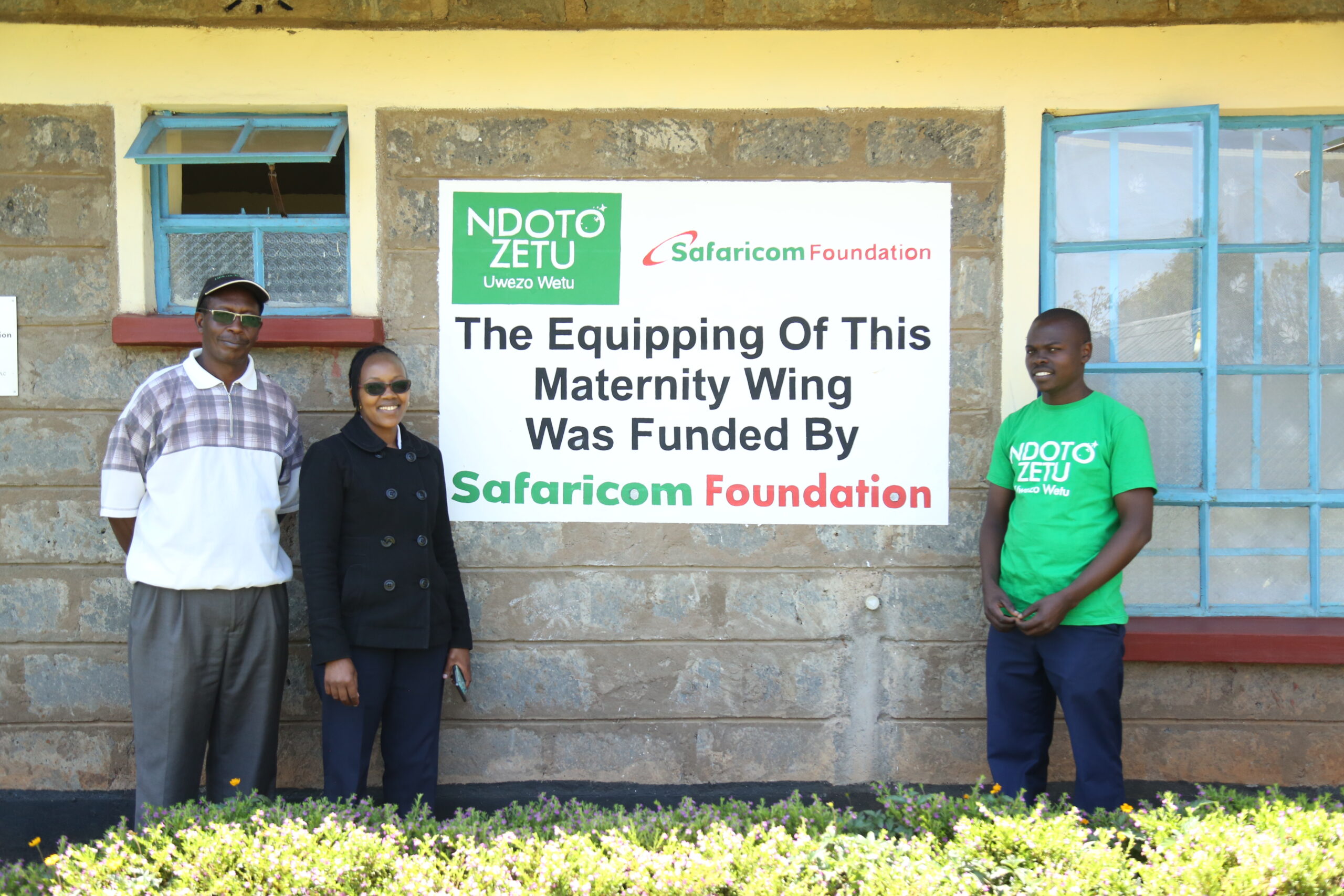Effective leadership and governance are critical for the management of Community Health Services. As outlined in the Kenya Community Health Strategy, the coordination and management of a Community Health Unit and its workforce(CHVs and CHAs) are done by a Community Health Committee (CHC). CHCs are made up of between 5-7 people selected by the community to provide leadership and oversight in the implementation of health and other related community services. CHCs are typically embedded in the community and carry out their work there and are comprised of members who exclusively reside in the communities they are selected to serve.
For CHCs to work effectively, they undergo training to equip them efficiently with the right skills. The training consists of different modules including Resource Mobilization and Financial Management. The module exposes the CHC members to different strategies for seeking resources to support Community Health Services in their different CUs. These strategies include writing proposals, income-generating activities, partnerships, user charges, etc. In May 2022, The Ministry of Health in partnership with Amref Health Africa through the Global Fund conducted this training in Nyeri County where 1345 CHC members were fully trained https://chu4uhc.org/chcs-training-in-nyeri-county/.
In Gitundu CU in Tetu, Nyeri County, the respective CHC in collaboration with the link facility staff and facility committee got funding from the Safaricom Foundation after writing a winning proposal for Ruguruti Health Facility. Speaking to Amref Health Africa, Peter Mwangi, lead CHV in Gitundu CU let us in on the process.
“I am the lead CHV in my CU and I represent CHVs in the CHC. As CHVs, we work together with link facilities. We also refer cases beyond what we are trained for to these link facilities. As CHVs, we felt there was a gap in Ruguruti Health Facility that needed to be addressed. The facility had a maternity wing but it was not equipped. Pregnant women had to go all the way to Othaya for clinic visits and we wanted to change that.” He shares.
“As CHC members, we have been taught to work in partnership to improve Community Health Services. We heard that there were proposal forms from the Safaricom Foundation and we decided to apply skills learnt from our previous proposal writing training. We consulted with the facility staff and committee and decided to do it jointly for Ruguruti Health Facility. “ He adds. “Initially we had drafted a proposal aiming for Ksh 1 million funding. However, when we heard back from the foundation, they accepted to donate part of the proposal with equipment worth Ksh 450,000 which is still a win for us. The foundation donated maternity equipment including beds, tables and a fridge. We are grateful to Safaricom Foundation for their efforts in improving efficient service delivery of the health facility.” Peter concludes.




Local resource mobilization contributes to the national government’s and donors’ efforts to scale up Community Health Services in Kenya. CHCs have been educated on how through social mobilization, a lot can be achieved when people from different parts of the community share a common goal and actively participate in both identifying needs and being part of the solution. Community mobilization helps to empower communities and enable them to initiate and control their development.
